I recently completed my divemaster internship after spending a month in Komodo, Indonesia. It was divers paradise to say the least. The original plan was to live blog my experiences and post something once a week. Unfortunately, I was foolish and broke my laptop while wolfing down delicious food at the hawker markets in Singapore. So I’ve decided to break my experience into three posts: one to describe what the Divemaster course is, one for my experience diving in the amazing Komodo National Park, and the final one to talk about my experiences training as a divemaster in Komodo.
This post will go over the basics of what the divemaster course is, what it entails, and how the process is. Read about my actual experience completing my divemaster training in the best place in the world, Komodo National Park!
What is a divemaster?
For the diver uninitiated, a Divemaster is the first professional qualification of diving. There are multiple diving outfits in the world (PADI, SSI, Naui, etc.), but PADI (Professional Association of Diving Instructors) is the largest by far. As I did mine with PADI, everything onwards will be referencing the PADI Divemaster.
For those that have never dived before but want to start, the first official certification is the PADI Open Water. With this cert, you can dive anywhere in the world to a maximum depth of 18m. For those that like it, the next step is to obtain the PADI Advanced Open Water (AOW). The AOW teaches some more dive skills like controlling your buoyancy, how to navigate underwater, and most importantly, allows you to dive down to 30m.
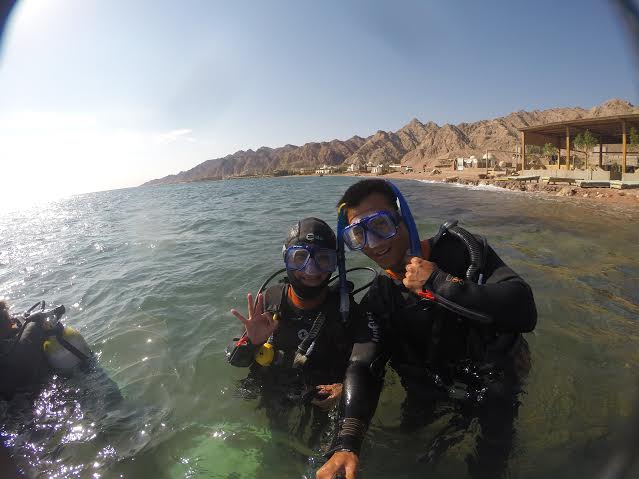
For the average recreational diver, the AOW is where you’ll stop because if all you want to do is dive casually, this is all you really need. For those that want to continue on, the next step is the PADI Rescue Diver which will teach you how to troubleshoot situations in and out of the water. While diving is an overwhelmingly safe activity, it’s when things go wrong that one time out of a thousand that bad things can happen. Finally, with these three certs and a minimum of 40 dives, the next level is the Padi Divemaster that puts it all together and takes your training to the next level.
Simply, a Divemaster is allowed to work as a dive professional and while his/her abilities are broad, their main duties are to guide divers underwater. Secondary responsibilities are equipment maintenance, loading the tanks on to the boat, and just being a helpful resource for the customers. In order to teach a full PADI course, a Divemaster has to then take the PADI Instructor course.
Why become a divemaster?
After getting certified in South Africa in 2014, I was instantly hooked and was ready to dive the world. After doing my first real ocean dive in the idyllic islands of Madagascar and Mozambique, I did a few weeks of pure diving in Honduras to become a better diver. At this point, one of my good travel friends had just done his Divemaster in Dahab Egypt, so I thought what the hell? I have plenty of time to kill before I have to go back to work so why not go all the way? I did make it to Dahab, Egypt a few weeks later but decided I’d rather spend my time traveling through Tunisia, Egypt, Israel and Jordan. The divemaster program is a huge time commitment, and I decided to shelve it for another trip.
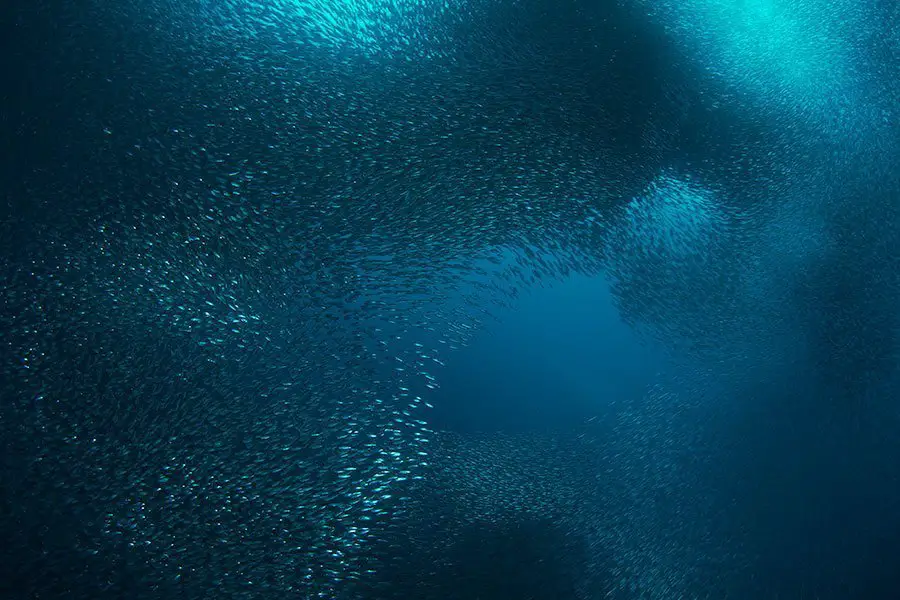
There are many reasons people take their dive master courses but for the vast majority, it’s to work in the dive industry. For me, the thought of working in the industry was never really something I entertained, I merely wanted to become a better diver. From a fiscal perspective, doing a divemaster course is the cheapest way to dive as much as possible.
Normally, dive resorts are not looking to make the big bucks off a DMT (Divemaster Trainee) and most just charge enough to cover the costs of operation. In essence, you’re paying someone to work for them! With all the diving that is required to complete the course, this means you’ll dive at a per dive rate that is half or even a quarter of what regular customers would pay!
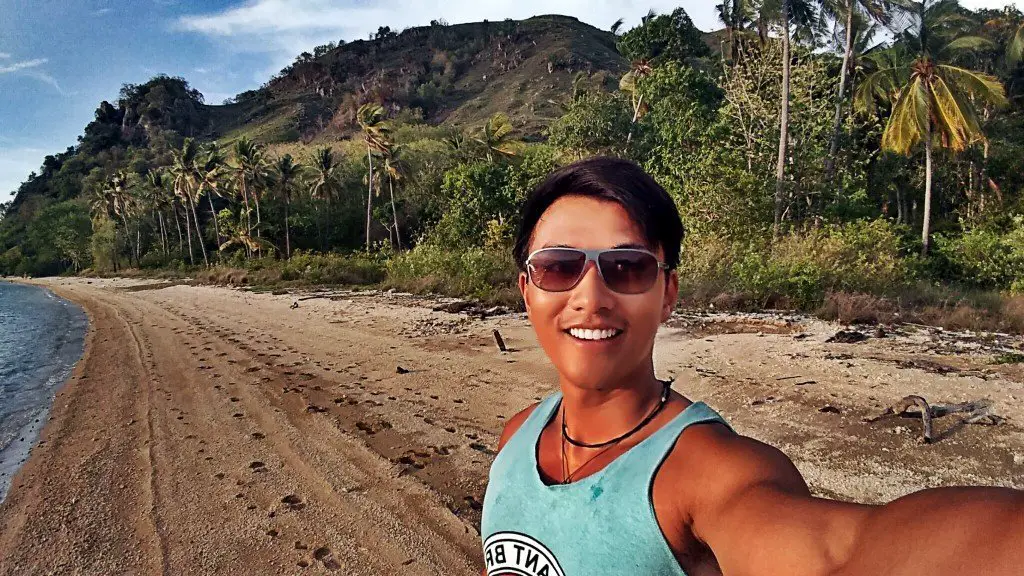
For those that are serious about working in the dive industry, know that the pay is not great. No one goes into the profession of diving to make the big bucks. It’s for the lifestyle, and everyone I’ve met loves it. Compensation varies depending on country but if you’re going to be a divemaster or instructor in a third world country, be prepared to be paid like so.
Nevertheless, from what I’ve seen, the money earned working as a divemaster is more than enough to live an above average lifestyle wherever that might be. Many dive resorts will employ or at least try to employ their divemasters if they were good so getting a job is usually not that difficult, ESPECIALLY if you speak multiple languages.

I met someone during my Divemaster course that worked as an Instructor at a resort in the Maldives. Because of how expensive and luxurious the Maldives is, he told me he could expect to make over $3,000 USD a month! Usually payments are always under the table so making $3k without paying for rent, food, and tax is A LOT of money. I can’t think of many jobs back home where I’d be saving $3k a month. The downsides with the Maldives job were the clientele mostly consisted of rude Chinese tourists, and being stranded on a tropical island no matter how picturesque, got boring.
In Koh Tao, Thailand, a divemaster can expect to make about $25-30 USD a day depending on the amount of divers they take out. Instructors make more, and can also earn a commission % on the cost of the course. Instructor is the level after divemaster and for those serious about working in diving, this is a must.
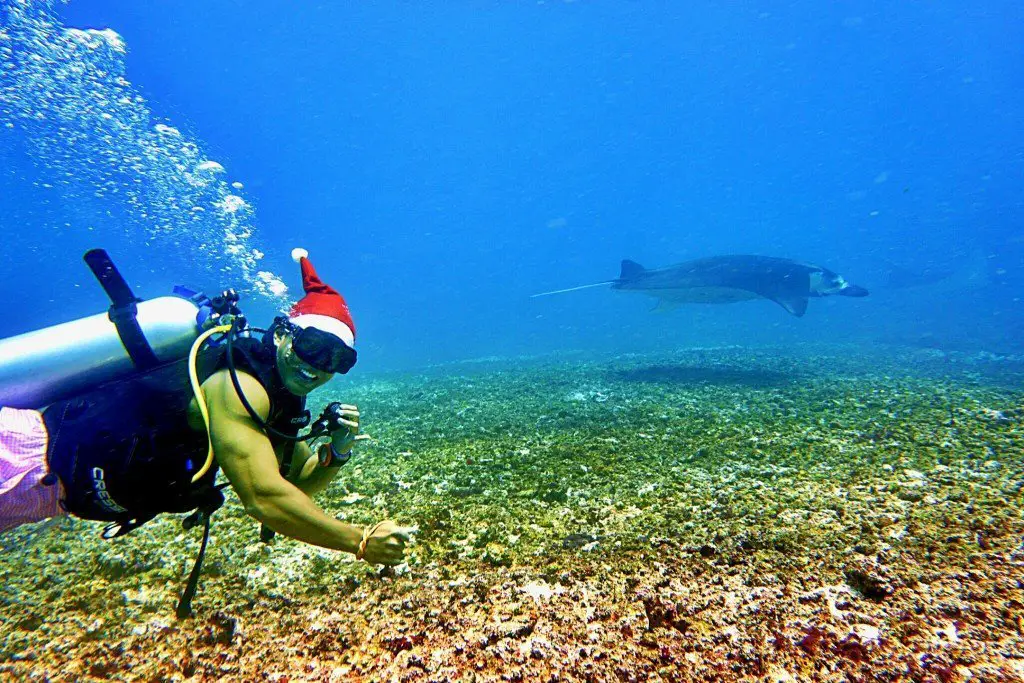
How to become a divemaster?
Divemaster training programs are offered at most of the larger dive around the world. In order to start a Divemaster course, you’ll need your Rescue course certificate and at least 40 dives. The course involves a lot of skills, including being able to demonstrate how to do a skill (as if you were the instructor), guiding dives, plenty of theory work, learning how a dive shop operates, and most importantly, lots of diving.
There is no definitive time requirement for a Divemaster course. The general motto is the longer the better. The more time you have to train as a Divemaster, the more you’ll learn about how the day to day operations run. There is no substitute for practice in the diving world so the more dives the better.
There is no formal course offered by PADI. The Divemaster program simply has a set of requirements and skills that the candidate must perform, but how quickly they do it is up to the discretion of the dive resort and/or the individual. On average, most programs last 4-6 weeks with the shortest option being a 2 week intensive course that I found offered in Dahab.
I spent 4 weeks doing mine and I EASILY could have done another 2-3 weeks. Not only was it just an amazing experience, but another 2-3 weeks of pure guiding would have been so beneficial for me. DMT programs in Utila, Honduras allow you to dive for as long as you want, meaning you can take as long as necessary to complete the course. I met people there had been doing their DMTs for 6 months!
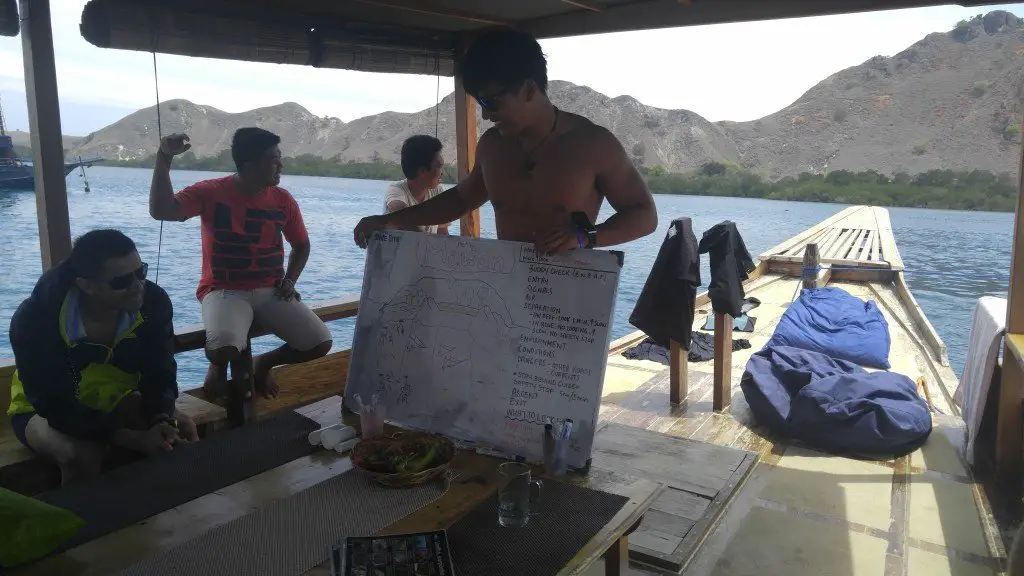
For most divemaster programs (if not all), not only are you learning how to become a better diver and how to be responsible for leading other groups of certified divers, but you’re learning how the business of a dive shop works. You’re doing all the dirty work. This includes waking up early to load the boat with tanks and equipment. Once on the boat, depending on how full service the dive resort is, you’re responsible for switching out old tanks with new ones after the dive and help with whatever is needed on the boat.
While not officially in the course description, you’re expected to socialize with the customers because let’s be real, anyone who doesn’t like to be around other people probably shouldn’t be in the business of diving. Once the diving is done, unloading the tanks, cleaning/storing the equipment, and filling dive logs with the customers awaits. It sounds like a lot of work because it is a lot of work. Divemasters/instructors do not just dive and then drink beers all day. Well, there are a lot of beers to be had, but only after the work is done!

Where to complete your divemaster?
Divemaster training programs are offered at most of the larger dive around the world. In order to start a Divemaster course, you’ll need to be 18, have your Rescue certificate, and at least 40 dives. The course involves a lot of skills, including being able to demonstrate how to do a skill (as if you were the instructor), guiding dives, lot of theory work, learning how a dive shop operates, and most importantly, lots of diving. Some of the most popular divemaster training locations are the following:
- Utila, Honduras
- Ko Tao, Thailand
- Gili T, Indonesia
- Dahab, Egypt
- Bali, Indonesia
- Caye Caulker, Belize
- Cebu, Philippines
Cost of divemaster course
Divemaster programs varies in price around the world depending on the country and the cost of living in those countries. Doing a divemaster program in the Cayman Islands for example, would be much more expensive than say Thailand. In addition, you’ll need to account for the amount of time it takes to complete the course. Some dive shops will include accommodation, usually in the form of budget dorms for all their trainees for free. Some offer accommodation and food (like my resort!), and others offer nothing.
All these costs need to be taken into consideration as food and accommodation costs next to nothing in Thailand, but a small fortune in the Cayman Islands. On average, a dive master course will cost around $1000 USD. The cheapest program I’ve seen was the Red Sea Relax Resort in Dahab for 500 euros, which included accommodation and breakfast! In Utila, Honduras, one of the persk to completing your DMT there is they will offer you free diving for life!
Vibe of the dive shop
You can do a divemaster almost anywhere in the world. Whether you feel like diving in tropical paradise, or in the cold with drysuits, you’ll be able to find a Divemaster course. Personally, I have no interest in diving in cold water for a month so I prefer the warm water, tropical, idyllic places. Next up is the atmosphere of where I am.
Some places are known for their social offerings, aka a big party vibe where DMTs (Divemaster trainees) train by day and party by night. If this is what you’re after, then may I recommend Ko Tao in Thailand, Utila Honduras, and Gili T, Indonesia. Also keep in mind, some countries with exceptional diving might have cultural restrictions to drinkin as well.
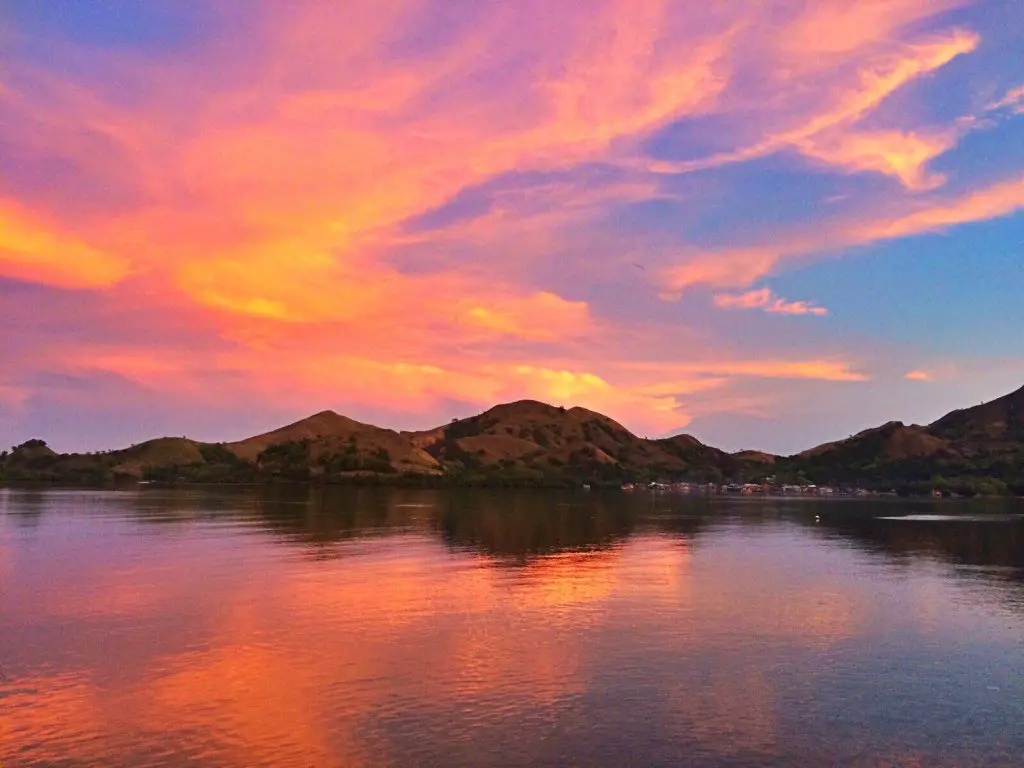
The Diving Itself of course
Personally, this was the most important to me. If I was going to dive the same place for a month, I wanted to make sure the diving was memorable. This is a tall order in this day and age where the much of the planet’s coral has seen pollution, human damage, bleaching and everything else. In addition, different locations have different water conditions. Ko Tao has some of the warmest, calmest, least troublesome water out there. Completing your DMT here might not give you as much experience with situations as if you spent a few months in Komodo, Indonesia where the currents can be unforgiving and careful planning and caution is paramount.
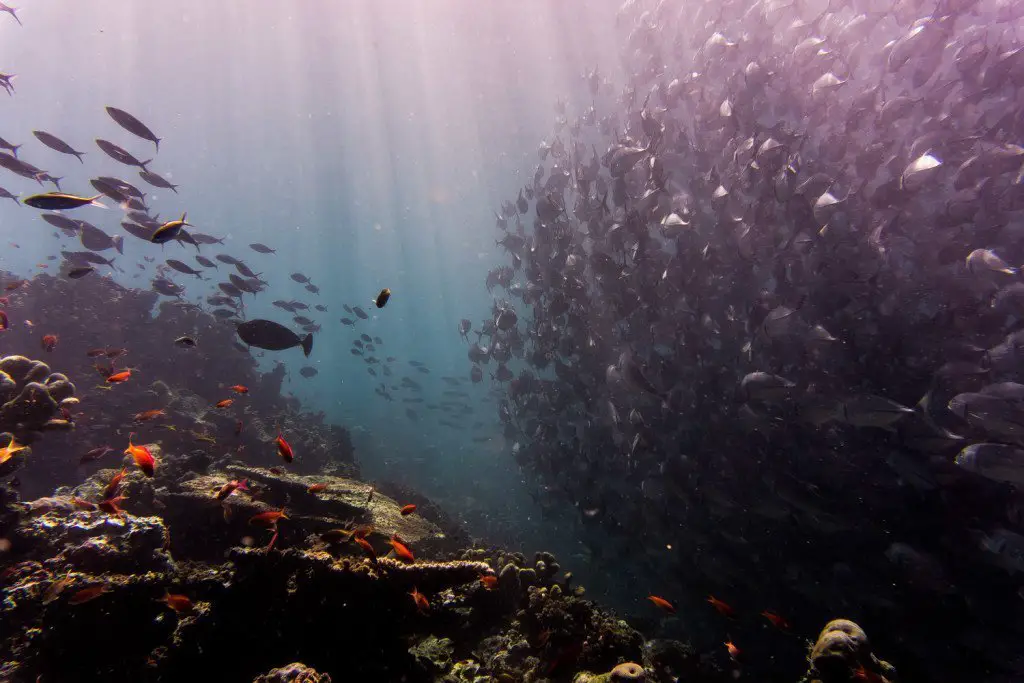
When to complete your divemaster course?
Whenever you feel like you want to take the next step in your diving career :). Again the divemaster course is not the pinnacle of diving achievement but rather the very beginning. One has to be at least 18 to start the training but aside from that, it’s whenever you can devote the month or more to this course.
Depending on where you do the course, tropical destinations usually have a wet and dry season and many times, diving is not advised during the wet season or tourism is so low that they close up shop for a few months.
So with all of that in mind, if you’re still keen to become a divemaster and want to know what it entails, read my next post about completing the divemaster training while in Komodo, Indonesia!





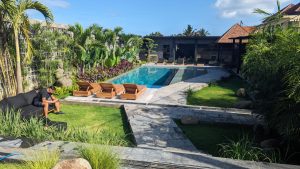



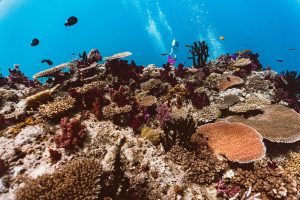
I have read your blog its very attractive and impressive. Thanks for all the helpful information here!
Great write up again! I’m a divemaster myself, and did do it in Ko Tao many moons ago 🙂 It wasn’t the party crazy place you describe it to be back in the days but I’m not surprised at all.
Not sure how long you’ve worked as a divemaster, but wanted to add that although the money is good for where I lived (Ko Tao), all the equipment I had to buy really ate away at my income and made things tough for the first few seasons! Regardless, I loved the lifestyle and enjoyed every minute of it!
Hi Joey, that’s interesting to hear that Ko Tao was so much more mellow back in the days. I reckon that’s how a lot of places were back in the days but it’s too easy to travel the world nowadays which is a good and bad thing!
Also, thanks for the tip. I never really thoguht about the cost of equipment but you’re right because most shops out there require their DMs and instructors to carry their own gear. Good gear is not cheap either!